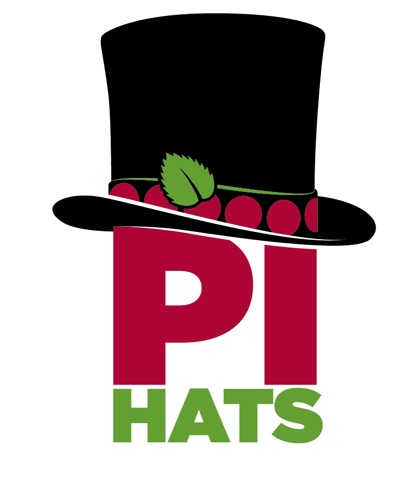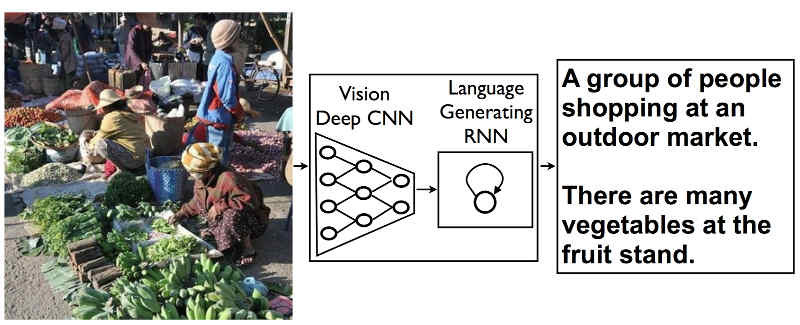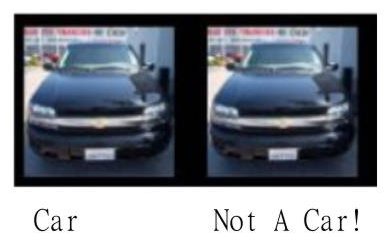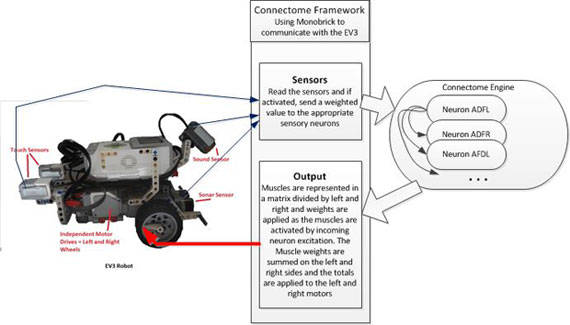| 2014 A Programmer's Year Part II |
| Written by Mike James | |||
| Tuesday, 13 January 2015 | |||
Page 1 of 2 2014 may be over but its effects echo on. Having already looked at languages, OS, Web dev and mobile in Part I of our review of the year, we now turn attention to the more technical happenings that were important surrounding IoT, AI and Security and bow out with Films of the Year IoTThis was the year that just about every big company made a lot of noise about the Internet of Things. Most simply talked about creating something vague or a standard or a cloud service but Intel actually produced some hardware, the Edison - Edison Is A PC On An SD Card. This tiny system promised a main stream processor with WiFi connection and backed by Intel. So far it hasn't really managed to capture the imagination like the Raspberry Pi, but it is early days yet -Intel's New Edison Is As Small As A Postage Stamp.
Talking about the Raspberry Pi this was the year of the pluses. First we had an up-date to the model B New Raspberry Pi B+ and then the model A - New Raspberry Pi A+ Just $20.
The point of all the up-dating not only to improve the core features but to introduce a new add-on standard, the HAT - The Raspberry Pi Gets A HAT. Expansion cards that conform to the HAT standard should be a lot easier to use because of the ability to include custom software within the hardware. For Raspberry Pi fans 2015 should be the year of the HAT.
Graphic: Adafruit
The biggest problem with IoT in 2014 was the simple fact that everyone wanted a slice of the action - but what action? The simple truth is that at the moment the IoT is promising but there are still fundamental problems that have to be solved - mainly power consumption and connectivity. What most of the big companies announced during the year were cloud support facilities including among many more:
This is a bit like starting work on the roof of a house when you have no idea what the foundations look like. AIThis was the year that AI moved from being a novelty to a potential disruptive technology. It still isn't there yet and as AI has been perceived to be on the edge of a practical breakthrough for as long as anyone can remember we need to be cautious - but even so it has been a great year for AI. All of the big companies decided that they needed an AI team and buying existing concerns seems the simplest solution and the acquisitions continued:
Google had lots of breakthrough moments:
You will notice a theme here - deep learning and neural networks in general were the big news - Microsoft's New Deep Learning System.
However not everything is perfect in the neural network world. In May a surprising discovery was made that well trained deep networks were capable of making a type of error that suggested that they were also deeply flawed - The Flaw Lurking In Every Deep Neural Net. It was possible to take a correctly classified image and make very small adjustments to the pixel values so that it was incorrectly classified.
The two images looked the same to a human but the network got one right and the other wrong. Later in the year different research groups started to expand on the basic result - The Deep Flaw In All Neural Networks. We will have to wait and see if this is a silly anomaly that can be removed, something fundamental about all high dimensional learning or something deep in the neural network approach. This didn't stop Microsoft from launching the deep neural network based Skype Translator. This uses multiple networks to recognize speech in one language and convert it to text, then translate the text finally converting the text to speech. Currently in trials, if it can be perfected it could change the way the world works - Skype Translator Cracks Language Barrier.
The other news of the year was progress on self driving cars. Not just Google but their project was the one that got the headlines as it progressed - Google's Self-Driving Cars Tackle Urban Traffic Hazards and Google Makes A Driverless Car. Towards the end of the year however some doubts started to appear about the practicality of using high resolution maps as the basis for a driverless car - Google's Self Driving Cars - Not So Smart?
On the less practical side there were also two responses to the circus that the Turing test has become. To stop trivial tricks passing the current laughable public implementations of the Turing test, Passing The Turing Test Brings It Into Disrepute, alternatives were proposed - A Better Turing Test - Winograd Schemas and Lovelace 2.0 Test - An Alternative Turing Test. I don't know why we bother as the "clowns" will find ways of cheating on any restricted formulation you care to invent.
It is clear that we don't know what AI is but we will know it when I see it. As the year came to a close we saw something that wasn't enough to claim true AI status but fascinating never the less. Take the connectome of a small worm and replicate its neural network as a program in a Lego body - A Worm's Mind In A Lego Body.
The result isn't quite artificial life but the same group are working on something bigger OpenWorm Building Life Cell By Cell. A trend that started in 2014 that is sure to continue into the new year is the idea that robots don't actually have to do anything to be useful. They simply have to show some emotion. Computational emotion is a growing topic and the first big product was Pepper - Aldebaran's New Robot Designed To Be Your Friend. Aldebaran, maker of the Nao robot was taken over early in the year and the first new product is robot that basically greets people.
|
|||
| Last Updated ( Tuesday, 13 January 2015 ) |









